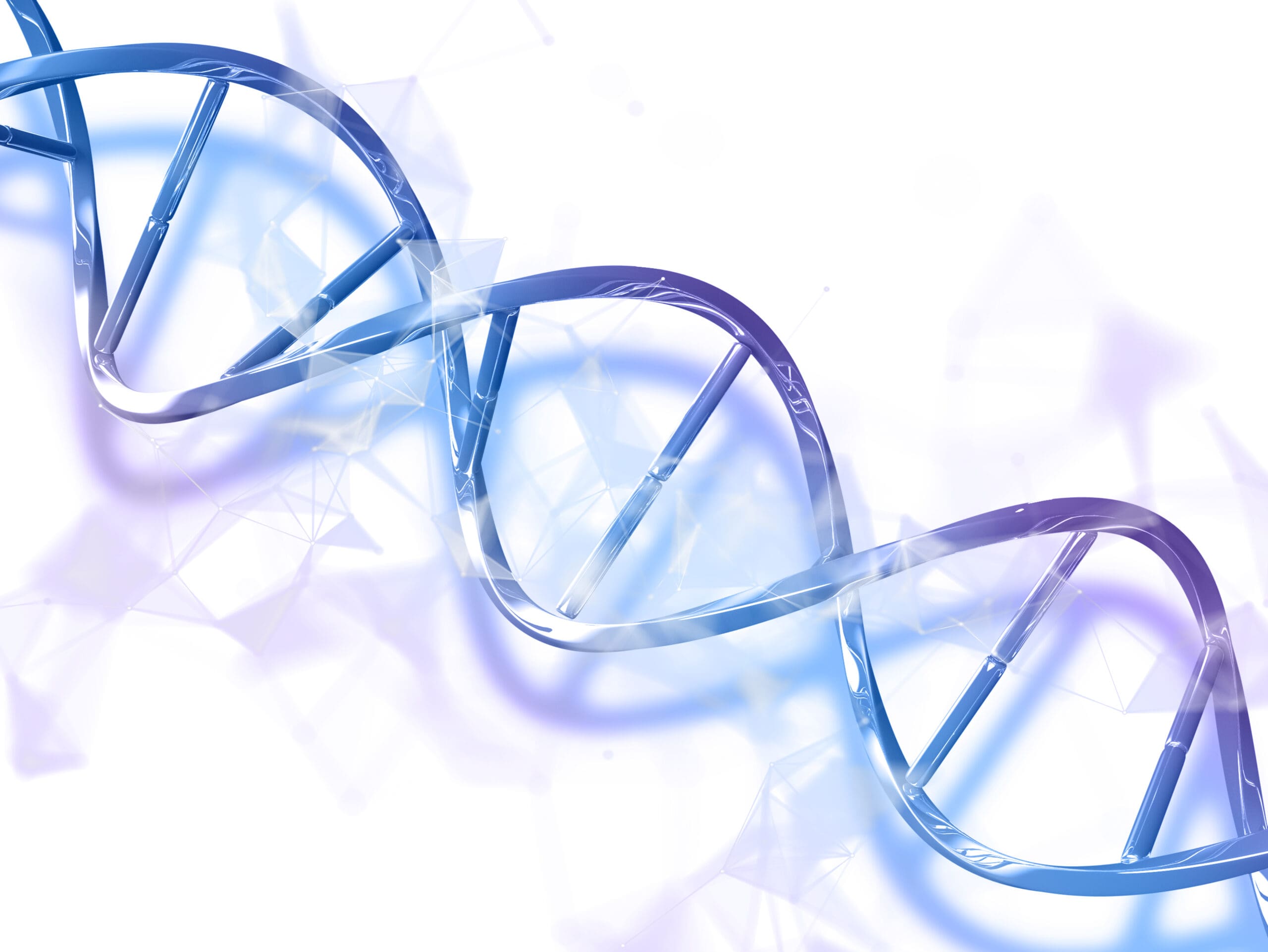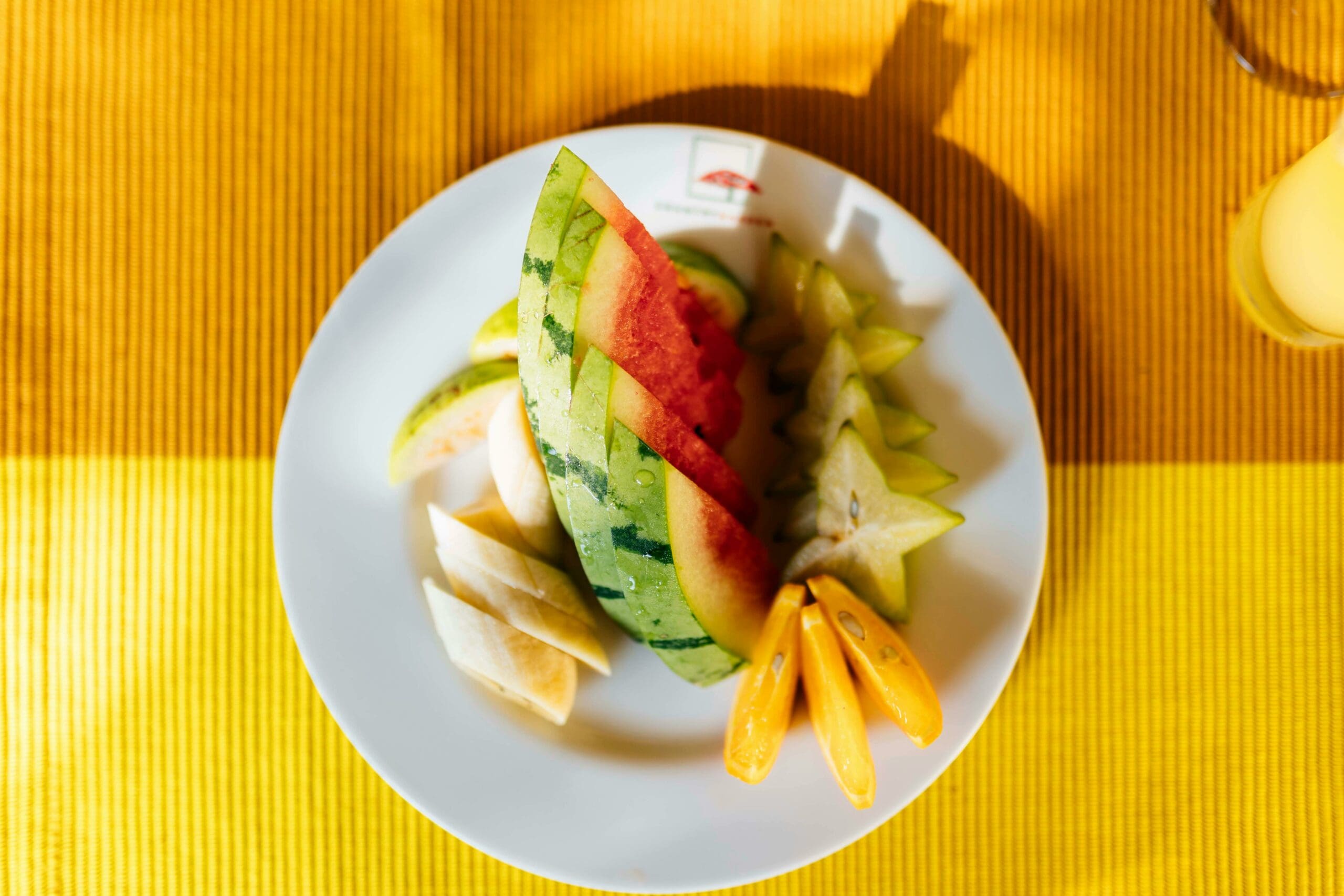
DNA Facts for Kids – 5 Delightful Facts about DNA
Table of Contents
Have you ever seen two identical twins before? Do you think that they are really identical? Probably not! As there is no two people have exactly the same feature. Would you like to know why is that? Come and Check our five delightful facts about DNA.
DNA Facts for Kids Fact Number 1: There Are Four Different Types of Nucleotides
DNA is a long thin molecule made up of nucleotides. DNA is an essential molecule for life. The four different types of nucleotides are known as adenine, thymine, cytosine, and guanine.
They are represented by their first letter. A represents adenine, T represents thymine, C represents cytosine and G represents guanine.
DNA Facts for Kids Fact Number 2: DNA Holds Genetic Information
DNA stands for deoxyribonucleic acid. DNA is like the blueprint of your life. It holds the instructions that tell our bodies how to develop and function. It is the genetic information inside the cells of the body that helps make people who they are.
It is the genes that are inside each string of DNA that actually hold the instructions. A gene tells a cell how to make a certain protein. These proteins are then used by the cell to perform specific functions, to grow, and to survive.

DNA Facts for Kids Fact Number 3: The DNA Code Is Made up of Different Letters
The DNA code is held by the different letters of the nucleotides. The different letters represent instructions that the cell can read. Every three letters make up a word called a codon.
A string of codons may look like this: CCT ATG GAC AAT GGA CAG. Although there are only four different letters, DNA molecules can be thousands of letters long. This allows for billions of different combinations.
DNA Facts for Kids Fact Number 4: DNA Has a Unique Shape
Although DNA looks just like a very thin long string under a microscope, DNA actually has a very specific shape. This shape even has its own name, known as a double helix. On the outside of the double helix is the backbone which holds the DNA together.
There are two sets of backbones which twist together. The nucleotides are between the backbones. A different nucleotide connects to each backbone and then connects to another nucleotide in the centre. Leaving three nucleotides in a row. Only certain sets of nucleotides can fit together like pieces of a jigsaw.

DNA Facts for Kids Fact Number 5: Every Human on The Planet Shares 99.9 Percent of The Same DNA
You would think because we share 99.9% of the same DNA that we would all be the same right?
Well it is actually that tiny 0.1 % that makes us different from everyone else as it determines our eye colour, hair colour, height and our skin colour. DNA can also determine our athletic ability.
It is our DNA or genetic code that makes us unique to everyone else in the world. Half of your genes come from your father and the other half come from your mother but yet you and your siblings may look nothing alike.
This is because of the pattern in which your DNA code is set. Animals also contain some similar genetic code with humans. For example, we humans share over 98 percent of our DNA with chimpanzees, our closest living relatives.




Leave a Reply